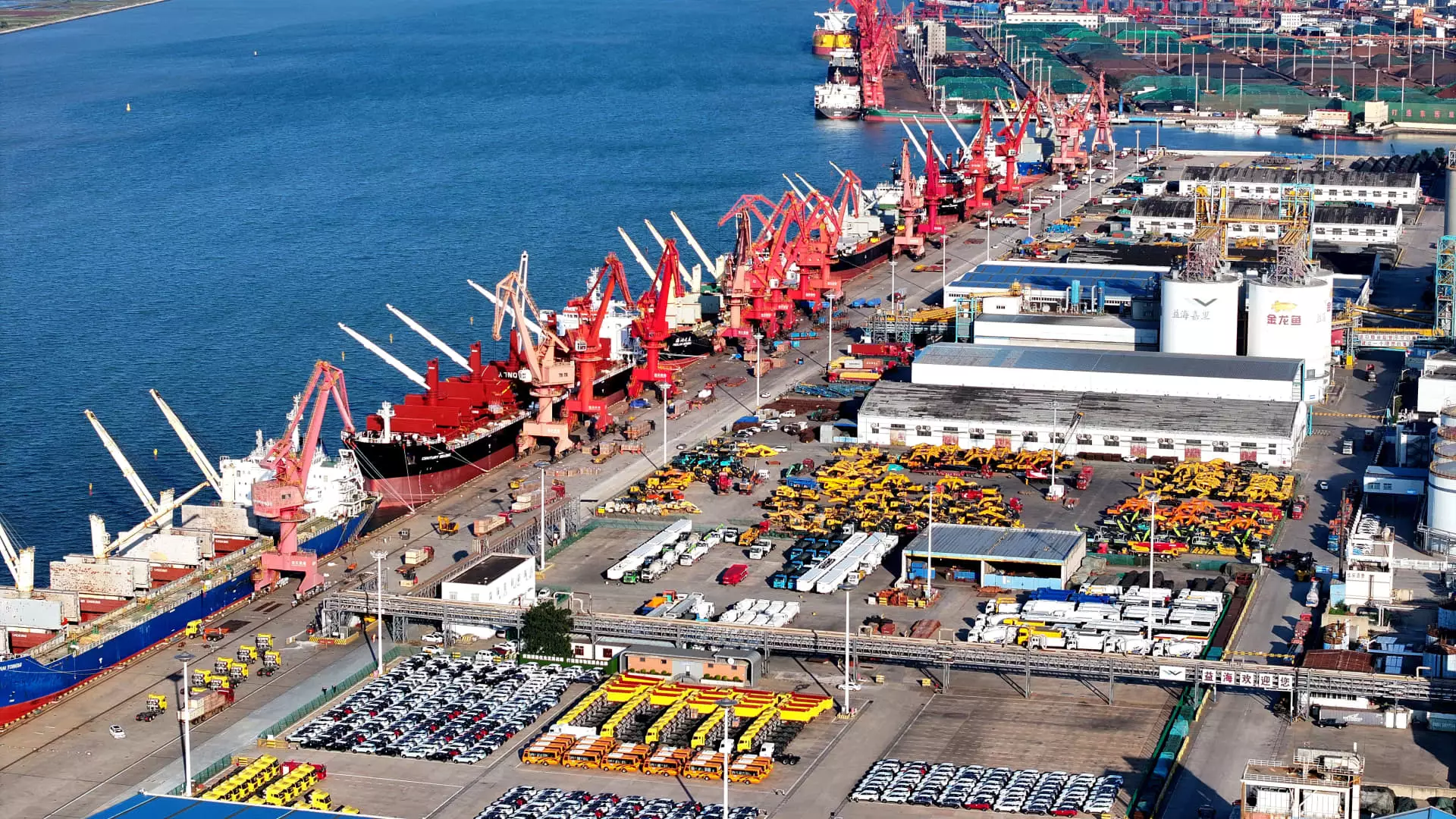The recent trends in China’s industrial profits signal a concerning reality for the nation’s economic purview, as figures released for October illustrate a 10% decline compared to the previous year. This downturn not only underlines the fragility of corporate earnings but also raises questions regarding the effectiveness of Beijing’s attempts at economic stimulation. Such declines have now persisted for three consecutive months, hinting at deeper issues within the economic structure that mere policy shifts may not resolve.
Understanding the Decline in Industrial Profits
The National Bureau of Statistics reported a staggering 27.1% year-on-year drop in industrial profits for September, marking the most significant decline since the onset of the pandemic in March 2020. These figures are critical as they reflect the performance of factories, mines, and utilities, essentially serving as a barometer for the overall health of industrial activity in China. Over the first ten months of the year, industrial profits have decreased by a cumulative 4.3%. This figure showcases a deteriorating trend, especially when juxtaposed with the 3.5% fall reported through the preceding month.
Despite the grim outlook, the NBS has indicated that there was a reduction in the rate of profit decline in October due to recent stimulus measures. However, the incremental gains in certain sectors such as high-tech and equipment manufacturing cannot mask the significant struggles faced by the broader industry. Analyst Eugene Hsiao from Macquarie Capital provided a nuanced perspective by suggesting that while a deceleration in profit decline may indicate a degree of stabilization, it comes from a notably low baseline, fueling skepticism about the sustainability of this trend.
A closer examination reveals the disparities among different sectors in terms of profit fluctuations. State-owned enterprises experienced an 8.2% decline in profits, significantly overshadowing the 1.3% drop observed in private firms. Interestingly, foreign industrial firms, notably those associated with investments from regions such as Hong Kong, Macao, and Taiwan, experienced a slight profit increase of 0.9%. These discrepancies suggest varying resilience among business models, with foreign entities perhaps better positioned to weather the economic storm due to more diversified revenue streams or operational efficiencies.
The recovery, if it can be termed as such, appears tepid, especially against the backdrop of persistent deflationary pressures. China’s Consumer Price Index (CPI) and Producer Price Index (PPI) reveal troubling conditions; CPI rose only 0.3%, the slowest growth since June, while PPI fell 2.9%. These indices speak volumes about consumer sentiment and industrial pricing power, respectively, both of which are critical for driving a sustainable economic recovery.
Investment in fixed assets, particularly within the real estate sector, stands in stark contrast to the emerging trends in retail sales. Real estate has seen a 10.3% decline, exacerbating fears regarding a prolonged downturn affecting not just economic growth, but societal stability as well. Conversely, retail sales exhibited stronger than expected performance, climbing 4.8% year-on-year in October. This growth may indicate a segment of the economy that remains resilient, possibly buoyed by increased consumer spending in the wake of modest job market improvements.
Despite the mixed signals, the overarching narrative is one of caution. China’s economic growth during the third quarter was notably sluggish, resulting from stagnant domestic consumption and ongoing challenges in the housing market. These fundamental issues prompt doubts about the ability of recent government initiatives to reinvigorate industrial performance meaningfully.
The Road Ahead: Anticipating Policy Response
With the approaching release of the manufacturing purchasing managers’ index (PMI) for November, there is cautious anticipation about how the numbers will reflect the current economic climate. Expected to yield a reading above 50—indicative of expansion—the PMI could serve as a crucial indicator of economic health. However, the performance of this industrial gauge will need to be interpreted within the broader context of a struggling economy and ongoing consumer hesitance.
As Chinese authorities continue to lean into stimulus measures to meet ambitious growth targets of “around 5%,” the challenge remains whether these efforts will translate into genuine progress in industrial profitability. A critical reassessment of strategy may be necessary if Beijing hopes to foster a more robust and resilient economy emerging from these trying times. The road ahead is fraught with challenges, yet the potential for recovery exists—it simply requires a more coherent and impactful approach to economic governance.


Leave a Reply